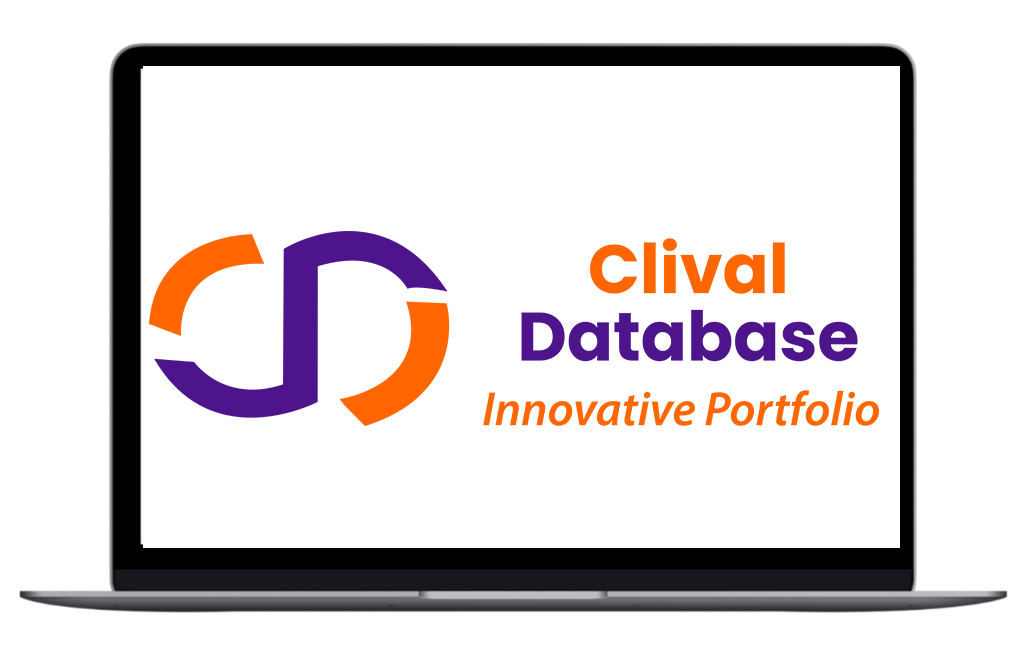Understanding How FDA Approves and Regulates Drug Safety
The primary function of the Food and Drug Administration (FDA) in using drugs ordered for the public is to approve the safety and quality of the drugs before they are given to the public domain. This process involving regulation is comprehensive and sluggish because the goal is to preserve the lives of the population while encouraging uniqueness in the manufacturing of drugs. The following steps shed light on how the FDA approves and regulates safety of a drug that will be used by the general population across the globe.
1. Preclinical Research and Development
The pathway of new drug development starts with studies that are carried out by drug manufacturers through the preclinical phase. In this phase, biochemical markers, efficacy and toxicity of the drug candidate in animals are tested in the laboratory. Some of the information that is obtained by researchers include pharmacology, toxicology, and adverse effects of the drug.
2. Investigation/Research New Drug (IND) Submission
After positive results have been achieved in in vitro and/or in vivo tests, the pharmaceutical company files an Investigational New Drug (IND) application with the FDA. This application also encompasses detailed information regarding preclinical studies, and about the strategies contemplating clinical trials of the treatment in humans. The FDA examines the IND in order to ascertain the flawlessness of the proposed clinical trials’ ethic and to identify that the necessary protection measures for participants have been taken.
3. Clinical Trials: phase 1, phase 2, and phase 3
Clinical trials are conducted in three phases to evaluate the safety and effectiveness of the investigational drug:
• Phase I: Phase I which usually involves a small group of healthy people to determine the safety of the compound or drug and the proper dosages to be given and its side effects.
• Phase II: Trials on more patients for the target condition to assess the safety and early indication of efficacy.
• Phase III: Study done on the wider and diverse patient population in order to establish effectiveness, side effect, and to check how the product fares against similar medications.
4. New Drug Application also known as NDA Submission
In case clinical trials show that the drug is safe and efficient, then the pharmaceutical company submits New Drug Application (NDA) to the FDA. The NDA shall contain data derived from preclinical investigation, clinical trials, information concerning the facility used in the production of the new drug, the labeling proposed to be used, and risk management plans. The FDA listens to the submitted NDA to decide whether the utility of the drug to the population of targeted users outweighs its dangers.
5. FDA Review Process
The FDA possesses a strict review process involving the participation of the scientific/medical, statistical, and regulatory personnel. They examine the data submitted in the NDA to determine:
• Safety: Risk assessment has to be made on the basis of the results from the clinical trials and the reporting of adverse effects.
• Efficacy: Determining if the drug has statistically and clinically relevant advantages over the current treatments when used as intended.
• Quality: The drug must be made under the same plan and the final product must confirm to the required standards of identity, strength, purity and quality.
6. Advisory Committees and Public Involvement
On occasion, the agency establishes Advisory Committees, which consist of outside specialists to provide an impartial review and advice concerning drug clearance.
7. Post-Market Surveillance: Staging, Phase 4 Trials, and Monitoring
Even after approval, the FDA continues to monitor the safety of drugs through post-market surveillance activities:
• Phase IV Trials: Stages carried out post approval whereby more research is carried out to gather more information about the drug as to its safety, effectiveness, and or lasting impacts.
• Adverse Event Monitoring: In this case, it refers to the observation and informing healthcare providers, patients, and pharmaceutical industries on adverse events and safety issues.
• Risk Evaluation and Mitigation Strategies: The FDA may mandate this to ensure that the therapy provided by a drug is greater than the harm that it may cause.
8. Labeling and Risk Management
The FDA works closely with the pharmaceutical company once the drug has been approved to come up with the final labeling of the drug. Such details include details on the approved indication of use, how to take the drug, possible risks, and when to seek medical attention. Dangers and precautions may be introduced for drugs associated with high risk through REMS to make use safe.
9. The Special Mechanisms to Speed up the Drug Approval
Fast Track- Used to improve a procedure of considering the drugs operated to treat severe diseases that have no known cure yet.
Breakthrough Therapy- Assists in the comprehensive direction of the bureau or division on an intensified drug development program and incorporates senior FDA managers in the review process.
Accelerated Approval- Enables the approval of drugs, treating serious diseases, ahead of time on the basis of a surrogate marker.
Priority Review- Reduces the time for review of a drug especially that which has steps up in treatment measures. (Courtesy: fda.gov)
Conclusion
The entire procedure that is followed by the FDA for approving and monitoring the safety of the drugs is a thorough and complicated process that comprises of pre-clinical research studies and follows through the post-approval phase. A combination of all these provisions will guarantee high quality, safety and efficiency of the pharmaceutical drugs marketed in the world. The FDA’s establishment can indeed be seen as a crucial step in reconciling highly scientific approach with the protection of public health, as well as patient interest and encouraging further development and innovation in the pharmaceutical industry.
Frequently Asked Questions

Optimize Your trial insights with Clival Database.
Are you exhausted from the uncertainty of trial insights pricing? Clival Database ensures the clarity in the midst of the global scenario for clinical trials to you.Clival Database is one of the best databases that offers an outstanding number of clinical trial data in terms of 50,000+ molecules and from primary regulatory markets as well as new entrants like Indian and Chinese markets.
Elevate your trial success rate with the cutting-edge insights from Clival database.
Check it out today and make more informed sourcing decisions! Learn More!







